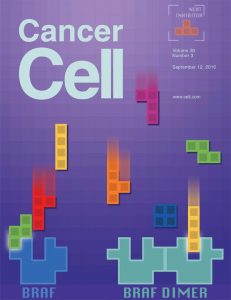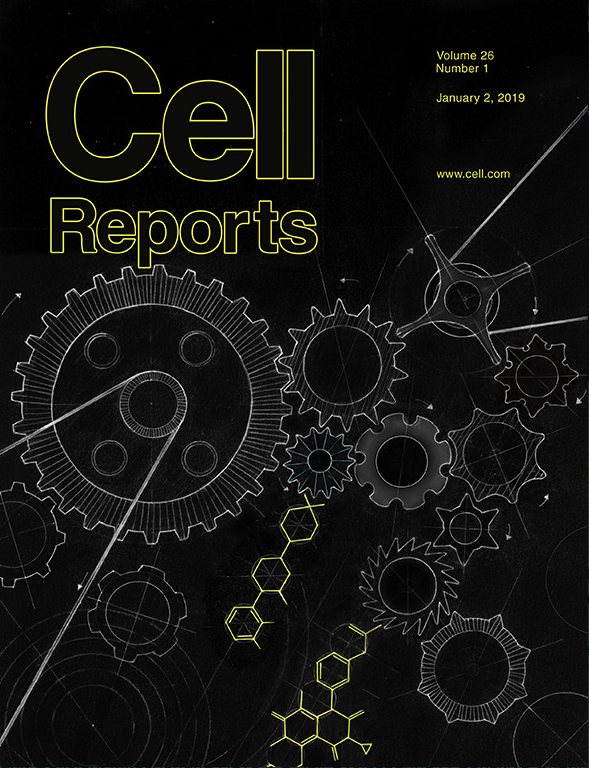
Our laboratory investigates growth factor signaling regulation in normal and tumor cells. We exploit the selectivity of small molecule inhibitors, along with genetic (shRNA, CRISPR), biochemical and proteasome-directed degradation (PROTACs) approaches to interrogate the complexity of signaling networks that promote transformation, tumor maintenance and drug resistance. Our goal is to gain a deeper understanding of oncogenic signaling and use this knowledge to develop mechanism-based therapeutic pharmacologic strategies in cancer.

Cover on our study (September 2016): A number of next-generation RAF inhibitors with diverse structural properties have entered preclinical and clinical development. In this issue, Karoulia et al. (pp. 485–498) demonstrate that the specific conformation of the αC-helix in RAF kinase stabilized by RAF inhibitor determines RAS-mediated RAF dimerization and binding of RAF inhibitor within the RAF dimer via distinct allosteric mechanisms. The cover image depicts RAF inhibitors of various “shapes” that do or don’t “fit” in the RAF monomer or dimer. Original art by Paul S. Jeng.

Cover on our study (January 2019): Complex signaling mechanisms promote adaptive resistance to therapies targeting oncogenic signaling. In this week’s issue of Cell Reports, Ahmed et al. provide a blueprint for a therapeutic strategy that targets SHP2 to overcome adaptive resistance to inhibitors of RAS/ERK signaling. The image depicts complex interactions and circuits governing signaling regulation. The wheels represent components of RAS/ERK signaling, and small-molecule inhibitors designed to block these components are shown in yellow. Cover art provided by Hratch Arbach.
